Aug 21, 2019
Niyodo River blues: Kochi’s river wows even out of season
Gallery - Niyodo River region, Kochi Prefecture, Japan
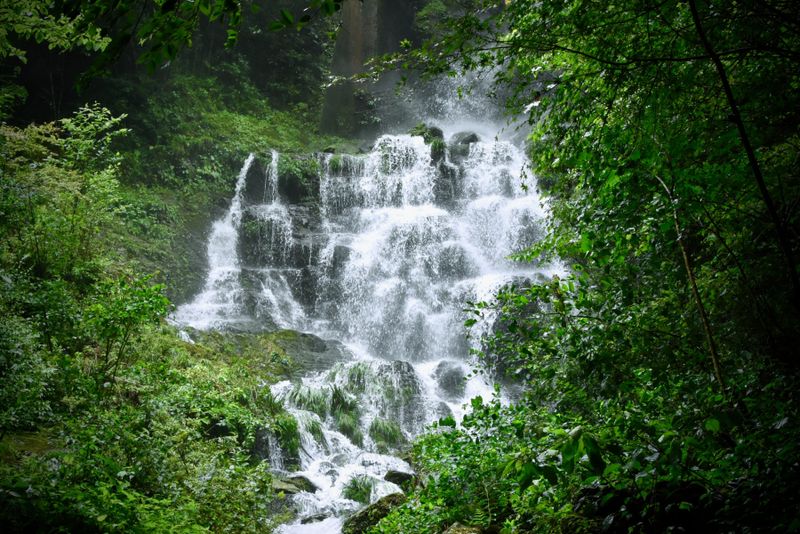
Having lived these entire years in Japan boxed into the urban mayhem of Tokyo and her surrounding suburbs it continues to come as a pleasant surprise, when let loose of these concrete shackles, the realization that Japan boasts resplendent countryside and eye-popping natural landscapes.
The Niyodo River region of Kochi Prefecture, on Japan’s smallest main island of Shikoku, has to date perhaps been the biggest surprise of them all. And arguably the best.
Niyodo River’s wonders shouldn’t be a complete surprise though. Word got out about Shikoku’s third-longest river when the broadcaster NHK aired a special program about the river in March 2012. “Niyodo River - A Symphony in Blue” bowled over audiences with images of the river’s startling blue color -- “Nyodo blue” -- the likes of which wouldn’t look out of place on a postcard sent from Okinawa.
Skies of damp, slate greys clashing with Shikoku’s brilliant greens (no doubt a result in part of said damp greys) appear to be the color scheme of the day though, as we pick up the broader sections of the Niyodo River around 10km west of downtown Kochi.
We’re here during the rainy season and with the damp mass of a typhoon passing somewhere nearby, from Route 194 and the back of our van, the Niyodo waters are swollen and appear to carry a quiet menace.
Despite the river’s sullen mood though, and the lack of any shade of blue, we’re wowed enough by patches of mist floating just above the waters, hemmed in by the sides of an ever-deepening valley.
“Nyodo blue” is a termed coined by award-winning Japanese freelance photographer Nobuyuki Takahashi, a Kochi native whose works have focused on the themes of light and water since the late 1980s. According to an interview with the Kochi Visitors & Convention Association, Takahashi came up with the term during conversations with the director of the NHK special.
“The reason for the blue water is because there are few impurities,” he says in the special.
Any lack of impurities is easy enough to imagine in these parts. In fact, as we wind out of the town of Ochi and follow the Niyodo upwards and into a landscape of precipitous valley sides and misty mountain greens I almost feel guilty for bringing into the setting my own tired, stressed and over-caffeinated city life impurities.
According to the Ministry of Land, Infrastructure, Transport and Tourism, in 2018 the Niyodo River ranked in the top 17 of Japan’s class A rivers -- river systems deemed important for the national economy and people's lives -- for water purity, having topped the rankings in 2011 and 2012.
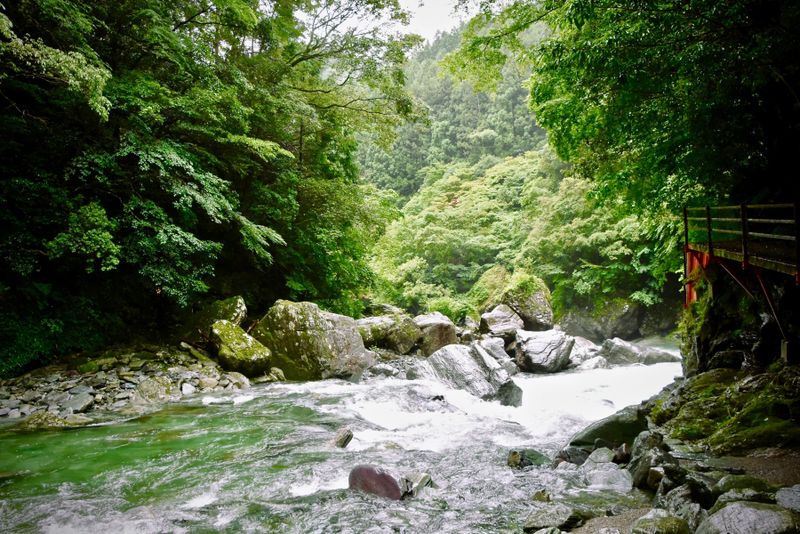
(Welcome to some of the purest river waters in Japan)
Perhaps we’re headed for the purest spot then, the blue spot, found in the Yasui Valley (Kochi prefectural government-run Yasui valley natural park) where the waters of the Yasui River, a tributary of the Niyodo, have been attracting increasing numbers of travelers, in particular those from Asia thanks to targeted promotions on the part of local authorities.
I’ve no idea how they’re getting here though, it surely can’t be by local public transport -- it’s hard to imagine a lumbering bus having stealth enough to navigate the tight turns, overhanging valley sides, and dramatic drops into river rapids that appear to be the main features of Route 362, the Yasui Valley road.
The van is tight enough, and the unending rain is seeping through the rocky valley sides forming even more tributaries for us to force through. I can’t stop thinking about landslides.
Still, the views are scrape-the-jaw-off-the-floor spectacular, if a little unnerving, with the river waters and raging rapids, almost immediately below the windows of the van, thrashing their way between gigantic boulders that have been around for years the number of which is hard to wrap the mind around (something like 400 million, if we’ve got our Japanese correct).
It’s even harder to comprehend that this Sisyphean clash between water and stone is what feeds the sands of Kochi’s Katsurahama beach, a few kilometers east from the mouth of the 124-km long Niyodo.
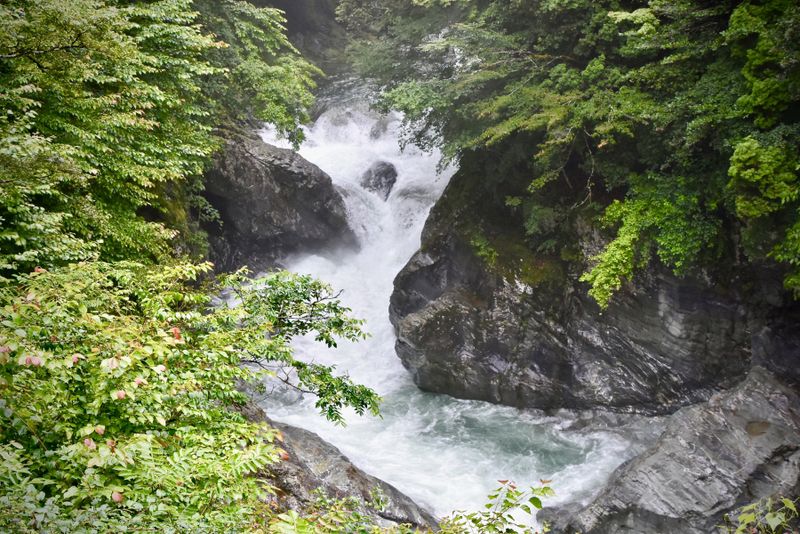
We pick-up our guide, Yusuke Higashimura of the Niyodo Blue Tourism Council, at the lodging Horaiso a few hundred meters from the end of the valley road.
Typhoon rain or not, we’re out of season to see the Nyodo blue which is best viewed between mid-August and mid-January, Higashimura tells us. It’s hard to be disappointed though, not least because we have to concentrate hard to navigate a slippery stone path, lined with the last of the season’s azalea, to the river’s edge further up the valley where we appear to be the only visitors.

Besides which it’s these same rains that must be contributing to the drama of water pouring besides us. And in front of us as cameras and hands are clasped as we collectively jitter our way over some stepping stones on the verge of being overwhelmed by water pouring down the valley side.
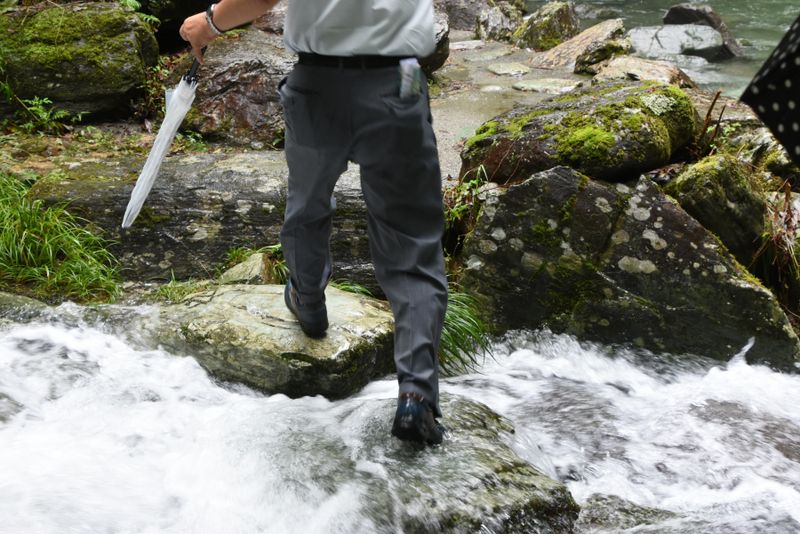
(Got to watch your footing along the Yasui River, Niyodogawa, Kochi Prefecture)
Further on, and Hairyu Falls (top image) ultimately more than makes up for the absence of Niyodo blue and we have to take turns balancing on the moss-covered stone slab that serves as a bridge at the foot of the falls, trying to fit the cascading waters into our camera lenses. I give up and gawp instead, being careful not to lean back too much lest I end up in the river.
Things are much calmer at the Momiji Park a short walk down the valley from Hairyu Falls where the valley broadens.
“This is the most beautiful spot for momiji in Kochi,” explains Higashimura of the area’s autumn maple-leaf appeal. We’re in “shinryoku” season now though (May through July) with Higashimura referring to the fresh green maples leaves as “aoi momiji.”
It’s peaceful here and the sound of the river might be dampened by the thick moss that covers the stones and walls lining the area’s winding trails.
Peering through the leaves though, our guide directs us to the mountain peaks looming above the river.
“Ehime Prefecture is just over there,” says our guide, and somewhere over there too, Mt. Ishizuchi, where all of this got started.
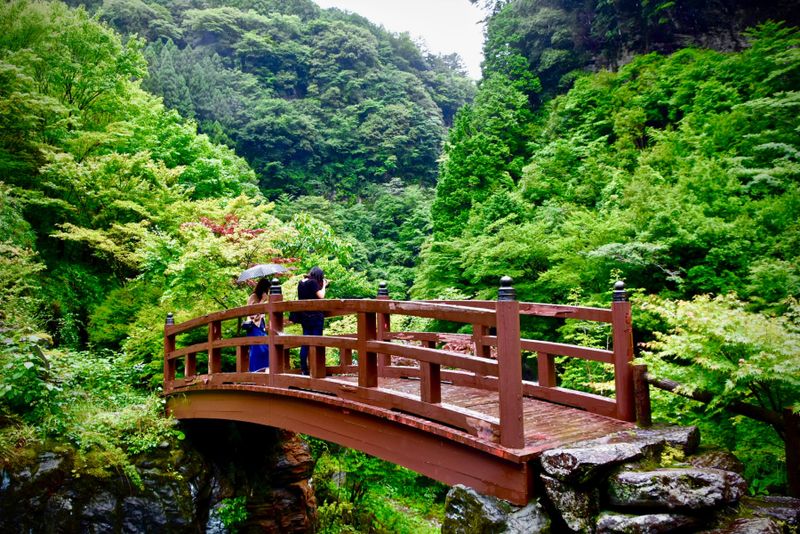

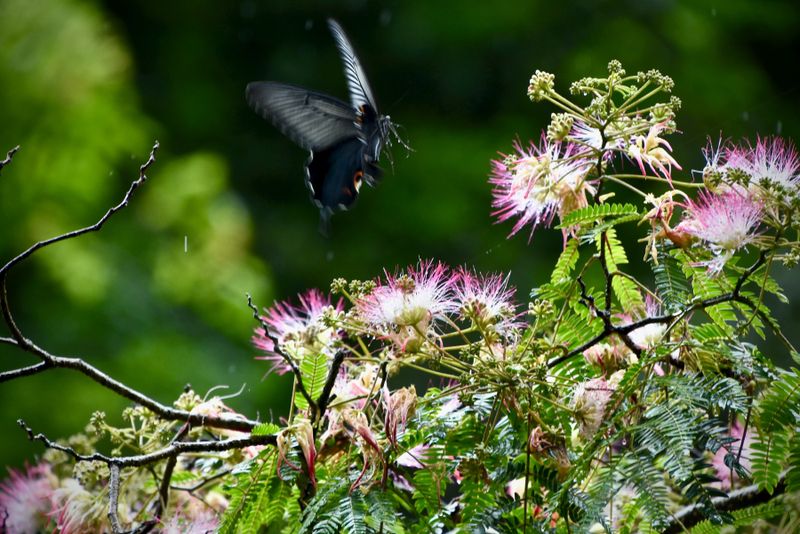
(Above images: Momiji Park, Niyodogawa, Kochi Prefecture)
The Yasui Valley, in Niyodogawa-machi, looks to be just one of many spots where the influence of the Niyodo River can been seen, felt and enjoyed. The municipalities of Ino, Tosa, Hidaka, Sakawa and Ochi also offer access to the Niyodo River.
Ino train station looks to be the hub, such as it might be, for access to the region, but at some point we can’t help but feel that your own set of wheels, or a tour, will be the best way to get the most out travels here. Dosan Line trains from Kochi station take around 20 minutes to reach Ino.
In stark contrast to the kind of river waters we experienced on this trip, the Niyodo River is the setting for the Niyodogawa International Mizukiri Championship -- a stone skimming contest that in 2019 will be held in August.
Niyodo River / Yasui Valley region, Kochi Prefecture, Shikoku



0 Comments